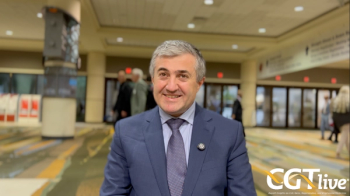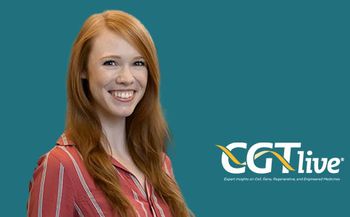
|Articles|January 25, 2021
CAR-T Spotlight
Author(s)Mary Caffrey, Rose McNulty
Advertisement
Newsletter
Stay at the forefront of cutting-edge science with CGT—your direct line to expert insights, breakthrough data, and real-time coverage of the latest advancements in cell and gene therapy.
Advertisement
Latest CME
Advertisement
Advertisement
Trending on CGTlive®
1
Around the Helix: Cell and Gene Therapy Company Updates – December 10, 2025
2
FDA Approves Waskyra as First Gene Therapy for Wiskott-Aldrich Syndrome
3
Assessing FDA-Approved CAR-T in Patients With Multiple Myeloma and Renal Failure
4
Hematology-Oncology Immunotherapy Highlights at ASH 2025
5

















































